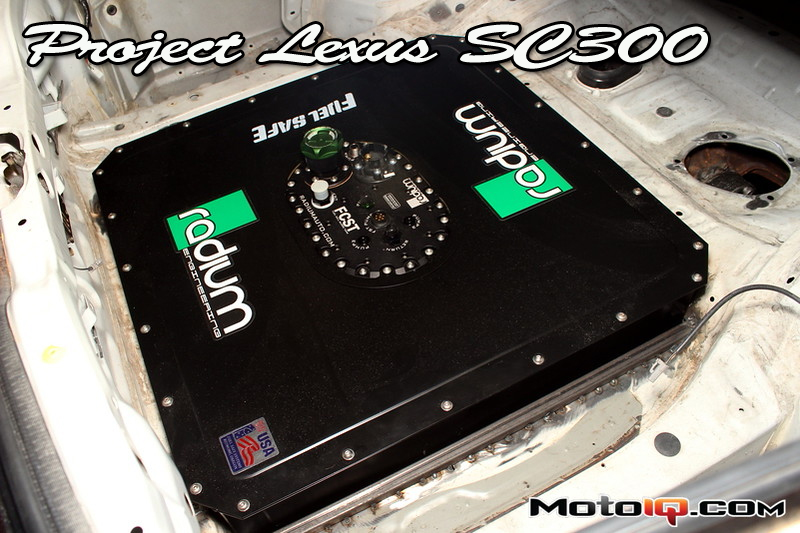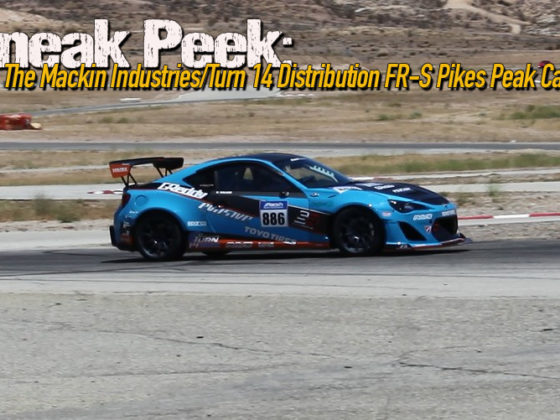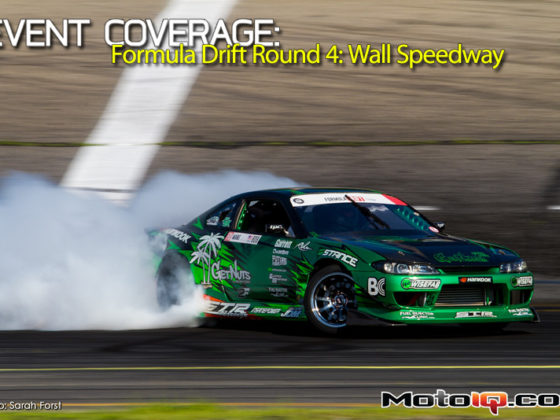,
Note that running a weld down the entire length of this tube would be extremely hard. The factory trunk metal is quite thin as it is not designed to be structural. However, the many spot welds proved to be extremely strong. H could support his entire 200+lb frame jumping up and down just on one side. Given that there will be three tubes around the cell, it should be able to hold things in place. But, remember…
 Repeat it after me, multiple times: The lip is not for hanging. The lip only locates.
Repeat it after me, multiple times: The lip is not for hanging. The lip only locates.The fuel cell is not designed to be hung from the lip. It is really only used to position the cell. The fuel cell must be supported with a cage or with straps from below. Remember that the black metal you see here is actually just a case for the bladder inside. It’s not designed to be a structural component. Do not hang your fuel cell from its lip. I will say ‘I told you so’.
 Here H uses a giant metal brake to start to form the straps that will support the cell.
Here H uses a giant metal brake to start to form the straps that will support the cell.We used two “straps” of flat steel to support the weight of the fuel cell. They were shaped like a cradle and hung from the car. The fuel cell sits on top of these straps and then was located by the tubes we welded around the hole.
 The straps took several passes through the brake. They even got some attention from a BFH.
The straps took several passes through the brake. They even got some attention from a BFH.Once the straps are bent to shape, the cell can got another quick test fit in the car before we…
 Thick straps are good, but reinforced straps are better.
Thick straps are good, but reinforced straps are better.Reinforcing the straps ensures that they do not flex or deflect with the weight of the fuel cell as the car experiences g-forces while going around the track. We probably could’ve omitted this step given the thickness of the straps we were using, but it doesn’t hurt, and only costs us a couple of pounds which happen to be very low in the chassis. Safety doesn’t have to cost much.
 H welds the straps to the chassis.
H welds the straps to the chassis.Note the use of a level. While the car wasn’t necessarily perfectly level (either the shop floor or the current suspension setup), this step doesn’t hurt. It at least ensures that the mounting surface is, generally speaking, flat.



